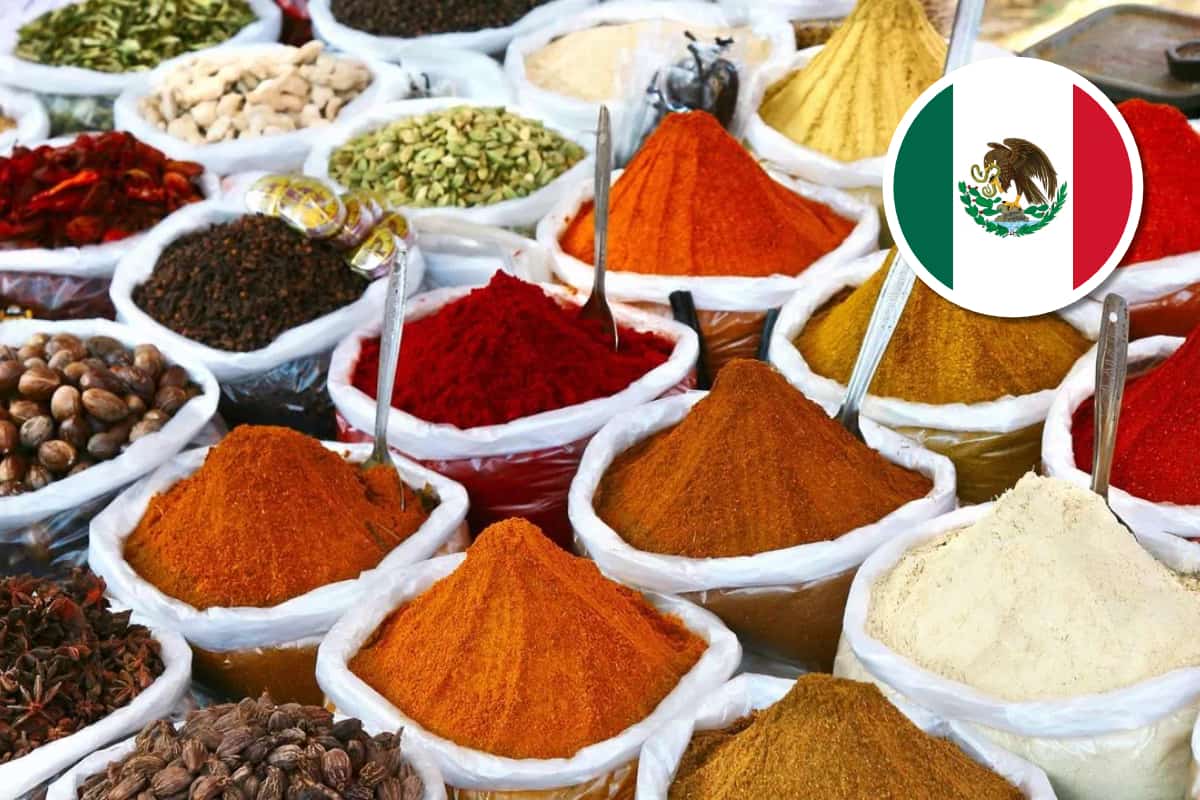If you’re into Mexican food (and you should be), you don’t want to miss this secret Mexican spices list. These authentic seasonings add the vibrancy and intensity of traditional home-cooked flavors in your favorite dishes.
Mexican cuisine is colorful, often spicy, and has a peculiar flavor profile you can’t find anywhere else. The secret is both the Mexican spices and the cooking techniques used, and we are going to discover the secret mystery seasonings below.
Ohh…almost forgot, did I mention chiles? Lots and lots of different kinds of chiles!
What spices are used in Mexico?
You’ll find that cumin, oregano, paprika, and coriander are commonly used Mexican spices in many traditional recipes. Combine these with everyday seasonings like black pepper, garlic powder, onion powder, and various chilis to bring out that signature flavor you expect from traditional Mexican cooking.
For years I wondered why my Mexican dishes tasted so different at home. I could never get the same flavor profile and aromas that my favorite restaurants and food trucks seemed to get so effortlessly and consistently.
After a little bit a research, and a lot of experiments. I finally came up with a go-to list of Mexican spices for my own seasoning mix that gives me great results resulting in amazingly authentic flavor profiles.
Using these herbs and spices as a foundation I was able to experiment and start making my own homemade Mexican spice mix to season the most authentic tasting fajitas and traditional types of tacos, along with every variety of beans, chili, soups, salsas, and everything in between.
Mexican seasonings are more than just spices…
Before you get carried away thinking these flavors only come from the Mexican spices, I should point out that you’ll find that onions and garlic are also commonly used to create many of the deep rich flavors found in Mexican cooking but you can also the garlic powder or onion powder as substitutes if needed.
In addition, cinnamon and clove are two surprising spices that made our list that you wouldn’t expect. They are used to bring balance and sweetness to many dishes.
Although common spices like black pepper have found their way into Mexican kitchens, there are quite a few other spices unique to the country. Don’t make the common mistake that Mexcian cooking is just about the chiles.
List of Mexican Spices
Here are my favorite must-have Mexican spices along with the most common ones you may already be using. How many do you have in your kitchen?
Ancho Chili Powder
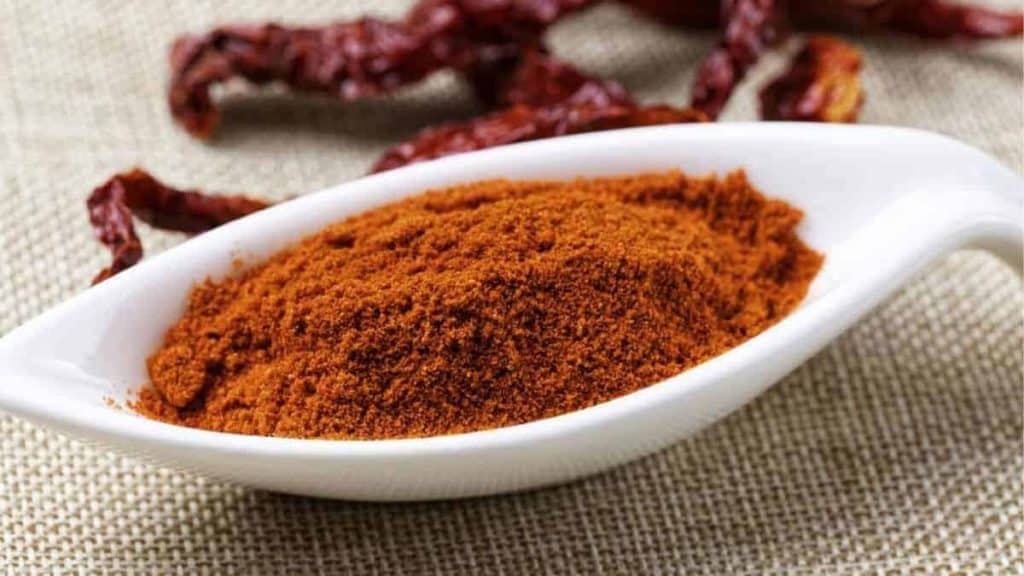
Most so-called “chili powders” you buy in the store are actually blends of various spices, but not Ancho! This spice is made 100% from the dried version of the Poblano chile.
Ancho chili powder is different from traditional chili powder due to its sweet rich flavor which is mildly fruity with hints of plum, raisin, and tobacco. You can use this with meat, soups, and even salad dressing for some extra heat.
Did you know that you can easily make this powder at home? Simply buy some dried Poblano peppers, pull off the stems, clean out the seeds, and grind them in a grinder. Poof!! Ancho chili powder!
Anise Seeds
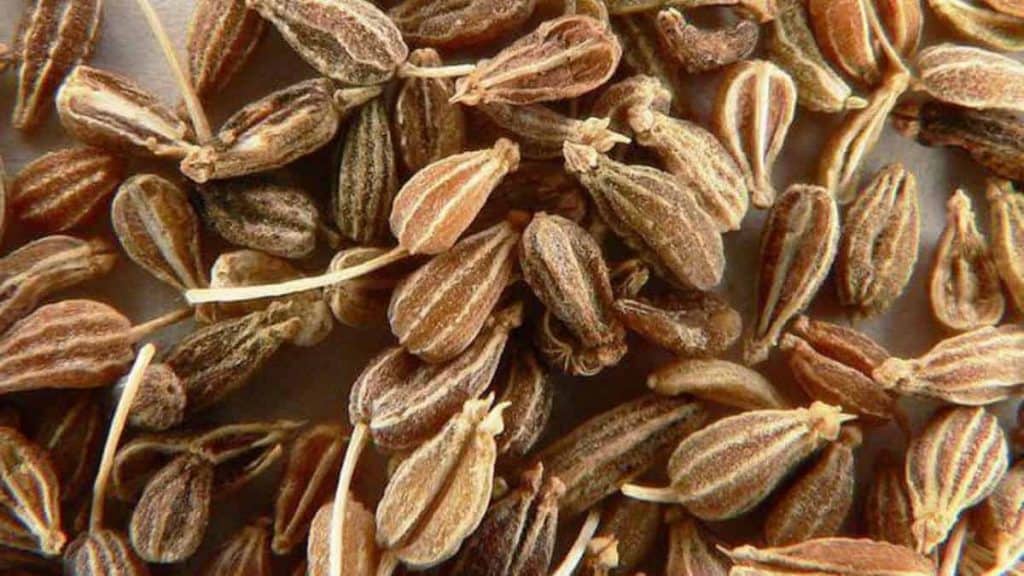
Native to the eastern Mediterranean and southeast Asia for centuries. Anise seeds look similar to Dill and Fennel seeds. Anise tastes like licorice. It’s sweet, mildly spicy, and similar to fennel and tarragon.
Although you may find it in a few savory dishes like Mole, since the spice pairs well with cinnamon and vanilla its more commonly used in baking sweet dishes like desserts, cakes, cookies, and sweetbreads.
Avocado Leaf
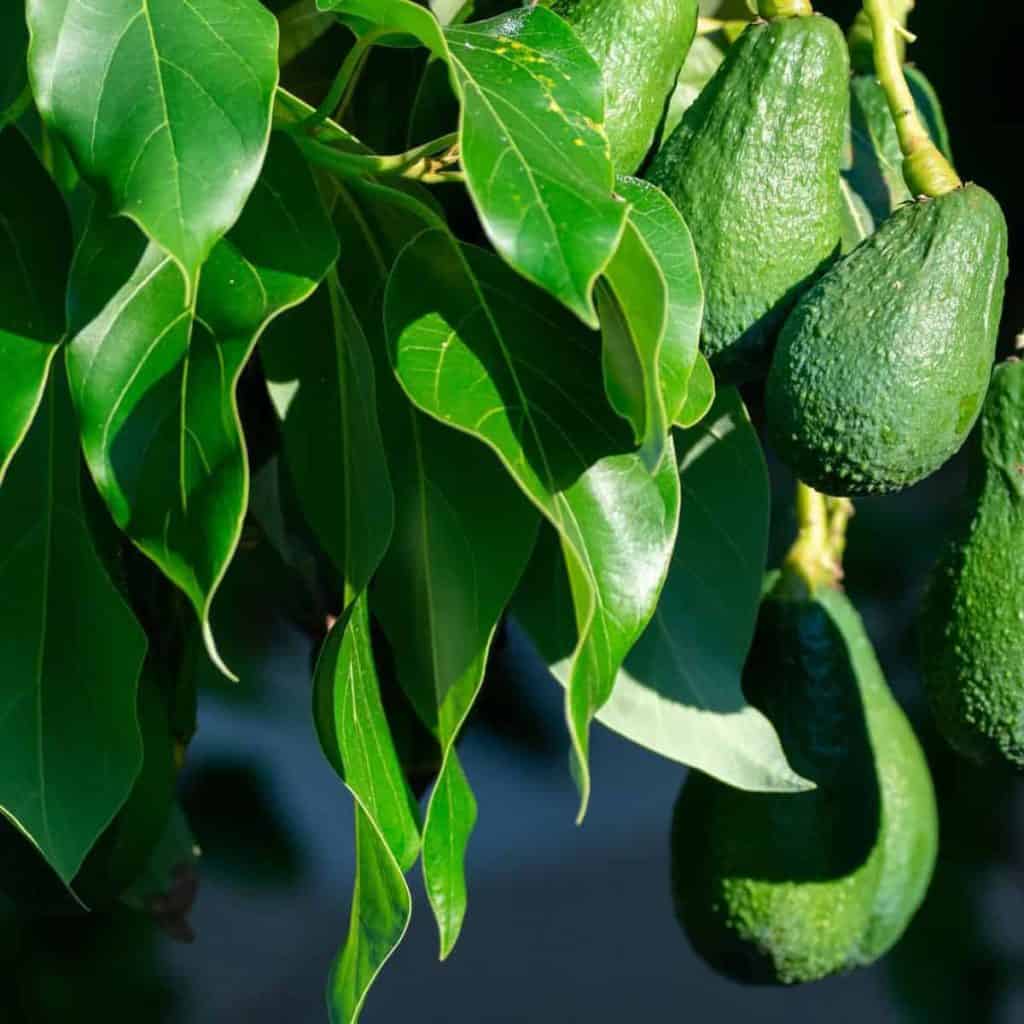
Avocados are our most cherished savory fruits; there’s nothing like their silky texture and unctuous mouthfeel. And just when you think you’re enjoying avocado to its fullest potential, you learn that avocado leaves are edible too, and they’re pretty tasty!
The flavor can be compared to anise and hazelnut and often used in Central and Southern Mexico.
This whole leaves can be used for roasting meats, steaming or grilling fish, and as flavoring inside of tamales. The dried ground version is quite aromatic when used in sauces and stews, and to make salad dressing.
Achiote (Paste)
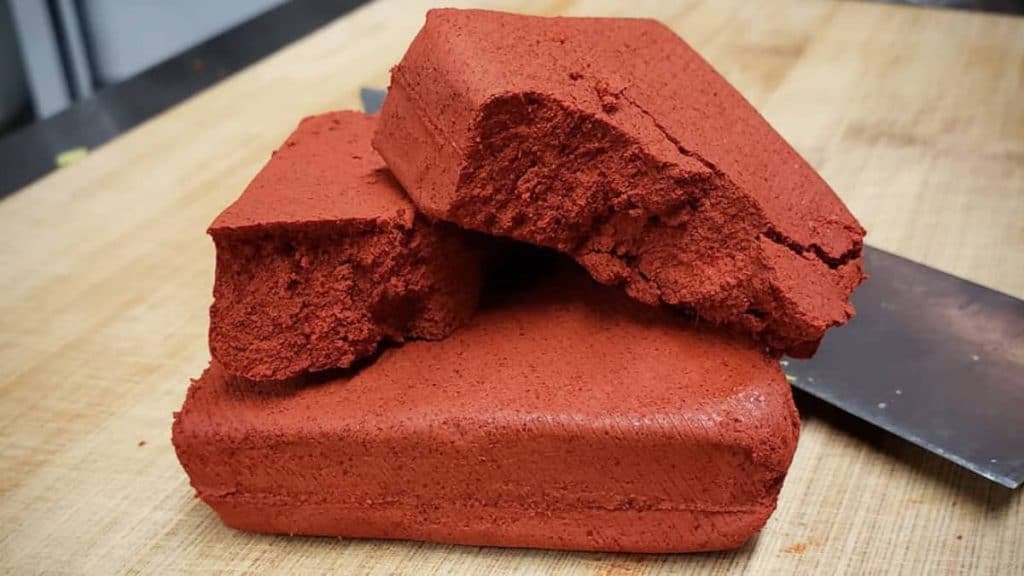
This is one of the most interesting, yet most obscure of the Mexican spices more common in the southern part of Mexico, in the Yucatan peninsula. Achiote’s flavors are mildly spicy and earthy and add layers of complexity to any dish.
Although you can find it in powder form, it’s most often used as a paste similar to a bouillon cube. One thing you will probably recognize is the signature bright orange-red pigment obtained from the seeds of the annatto tree.
Achiote is better known for giving its color to Cochinita, the famous pit-oven pulled pork. It also gives color to pastor meat, and it’s used in the food industry to brighten sausages like chorizo, and even to give cheese an orange hue.
Cilantro
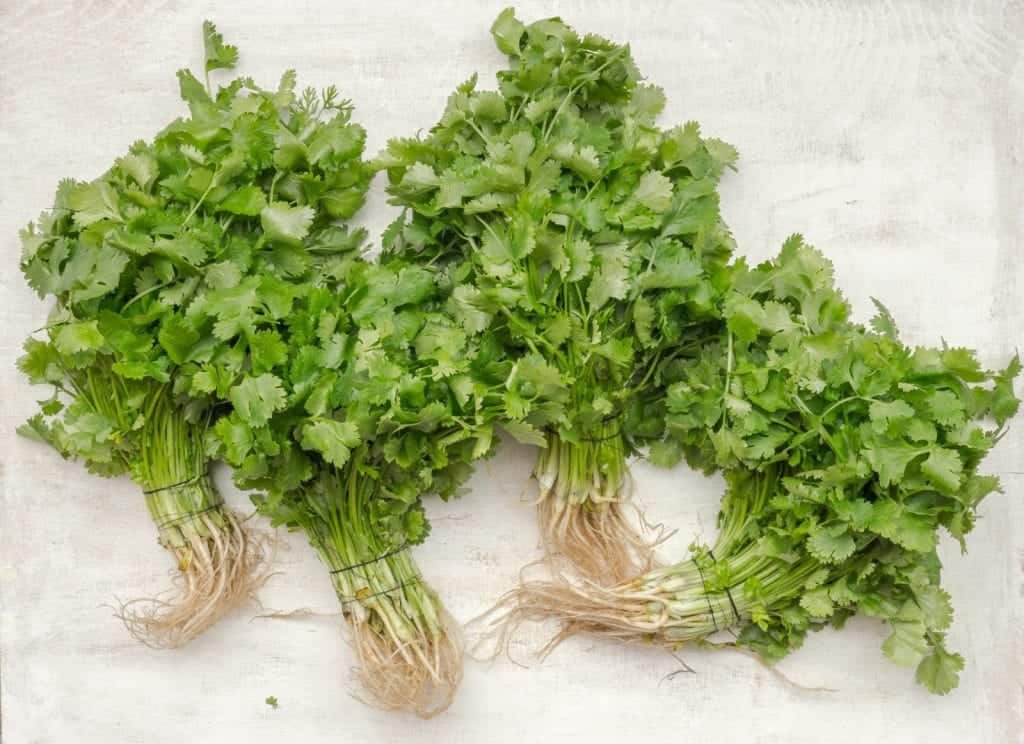
Cilantro was brought to Mexico during the 1500s by Chinese workers in the Spanish silver mines of southern Mexico and South America. This herb comes from the delicate leaf of a small plant in the same family as parsley and carrots.
For most people, Cilantro tastes very refreshing with a light citrus flavor and subtle earthy undertones. I say most people because there is a genetic trait that causes some people to taste Cilantro as soapy or metallic. So if that’s you you may want to avoid this one in your recipes.
You can enjoy Cilantro by adding it to tacos, salsas, molés, cheeses, broth-based soups, rice, and beans.
Coriander
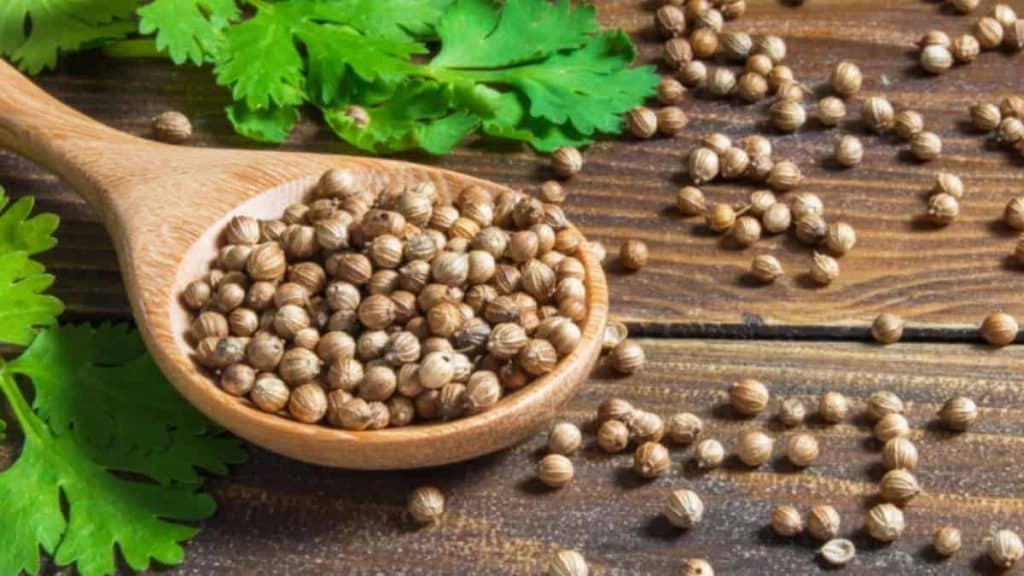
This spice consists of the whole dried seeds of the leafy cilantro plant mentioned above. The plant is native to southern Europe, northern Africa, and southwestern Asia.
Coriander is a surprisingly versatile spice that is sweet and spicy with lemony, floral undertones. This will pair well with cumin, thyme, and black pepper.
You can use it to intensify other Mexican spices in heavy meat dishes, flavor chorizo, as well as hearty soups and stews.
Cumin
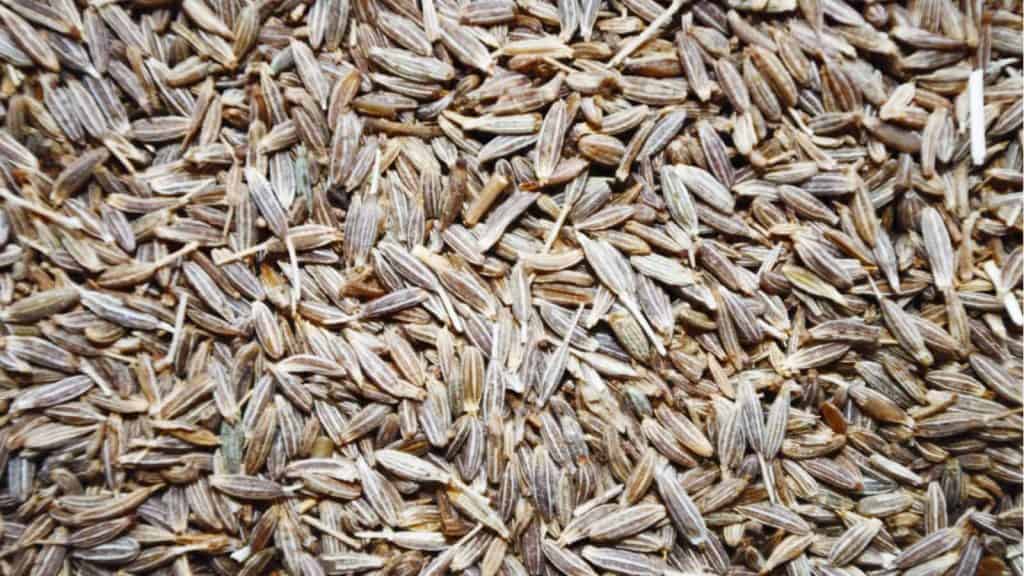
This is one of the Mexican spices that as soon as you smell it you won’t forget it. Cumin is more popular in Tex-Mex dishes than traditional Mexican food where is mainly used in sauces and stews.
Cumin is a bitter and toasty spice of Mediterranean origins with a very unique flavor profile that makes it hard to substitute and replace with other spices.
You can use Cumin to balance out the flavor of other Mexican spices, like chiles. But be careful with this one, too much cumin can easily overwhelm a dish.
Garlic Powder
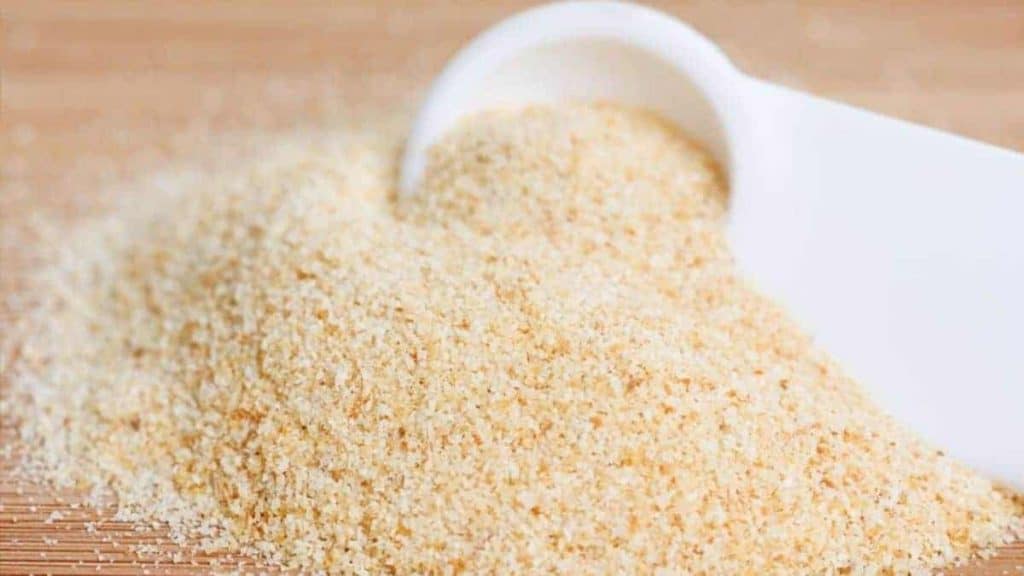
There are few things in the kitchen more tedious than preparing garlic. It can take time to peel, chop, and mince the stinking rose but many Mexican flavors just aren’t the same without it.
Of course, fresh garlic tastes better but sometimes you don’t have any on hand or you just don’t have the time to stop and prep garlic for a quick after-work dinner.
One quick tip when using garlic powder is to hydrate it before adding it to your dish. Just add water 1:1 and let it sit for a couple of minutes and absorb to really bring out the flavor of the dried stuff before cooking.
There are some advantages to using garlic powder versus fresh garlic. First, is that it’s less prone to burning. Also, it’s better for things like garlic bread, meat rubs, and soups where you can’t really chop the garlic fine enough to get a nice even distribution.
Hoja Santa

Aromatic herbs and spices serve a single purpose, to enliven our food. With hoja santa, the holly leaf, it couldn’t be clearer.
The palm-sized blueish leaves have no equal; they’re grown in the Oaxacan highlands, where the most celebrated Mexican dishes come from (think of mole). Try them one time and you’ll see why they made our list of Mexican spices.
You can use hoja santa leaves to wrap tamales and even fish to infuse them with the most delicate, floral, citrusy, and reminiscent of anise aromas. You can also incorporate them in any sauce or mole to give them a distinct feature.
Mexican Allspice
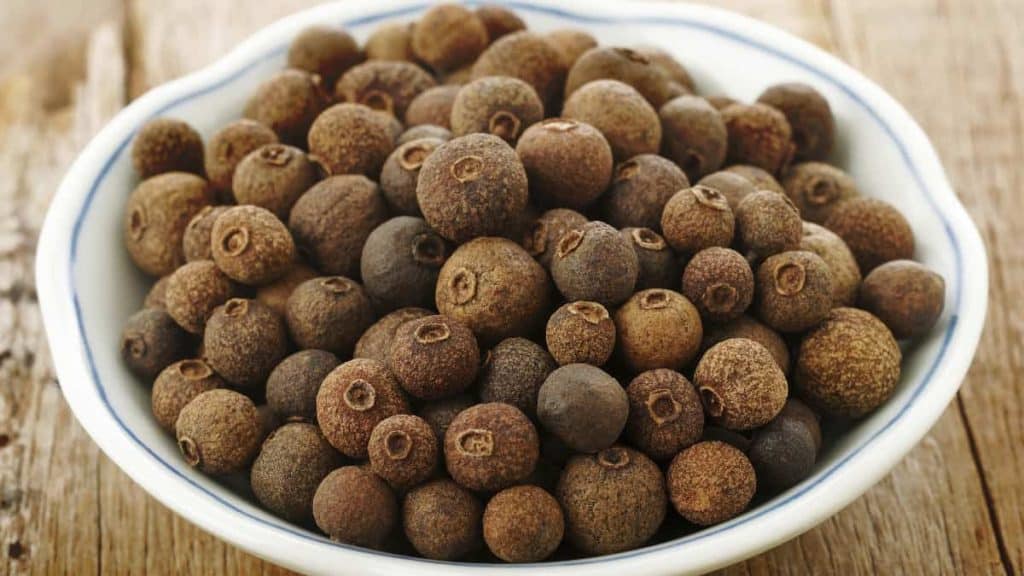
Originally named the Jamaican pepper, Allspice is native to Latin America and the Caribbean. With a name like allspice, this spice is commonly confused as a blend of various spices but it is not. I thought the same thing when I first heard about it but you’ll be happy to know that it’s just one very tasty and versatile spice.
The taste combines a fragrant aroma and the flavors of cinnamon, ginger, clove, and nutmeg. It also pairs nicely to compliment all of those spices. You can use it in a wide range of recipes from cakes, cookies, stews, and meats. Hmm…I guess that’s why they call it, allspice!
Mexican Oregano

Most think Italian seasoning and not Mexican spices when we think about Oregano. Like most people I just used regular oregano for my recipes. But ever since the first time I used real Mexican oregano I never looked back. I now consider it one of my “must-have” Mexican spices to get those traditional flavors.
This one is a well-known aromatic herb that adds a special touch to dishes in many countries. The Mediterranean oregano is the one we’re most familiar with, but there’s Mexican oregano too, and it’s a different species.
Mexican oregano is more aromatic and citrus-scented than its European cousin, and it almost tastes sweet. Oregano is ubiquitous in pozole pork stew, and it’s added to pickled onions — a delicious addition to any taco.
Mexican Vanilla
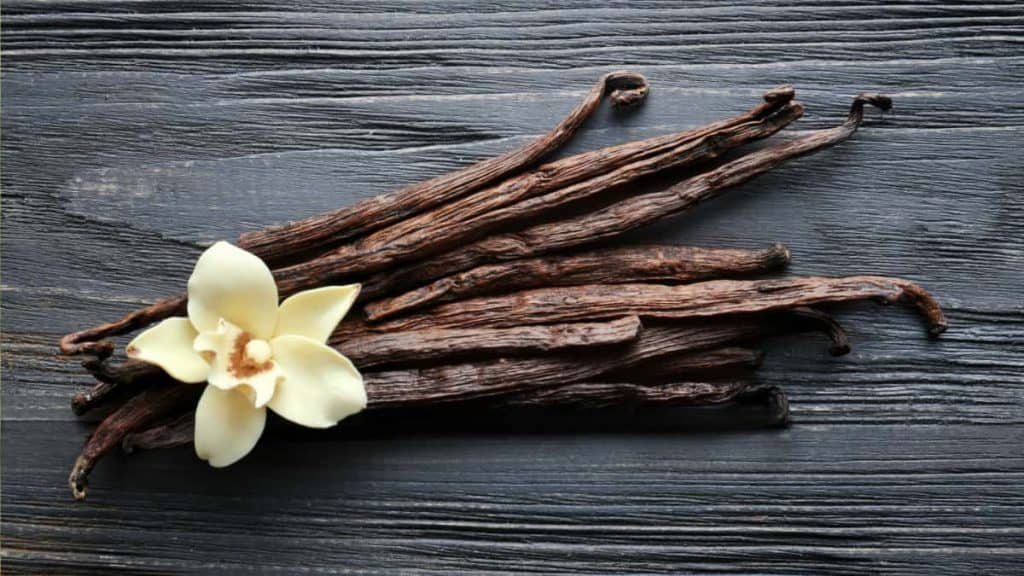
Is vanilla a spice? It is! Although, as you know, it’s mostly used in pastries, and baking treats. What you might not know is that Mexican vanilla is amongst the best in the world. Vanilla is native from Mexico, and it’s still the best source for the highest-quality vanilla beans.
We might not think of vanilla among the typical Mexican spices, but when we do, there’s no other like it — a spice to rule them all.
Onion Powder
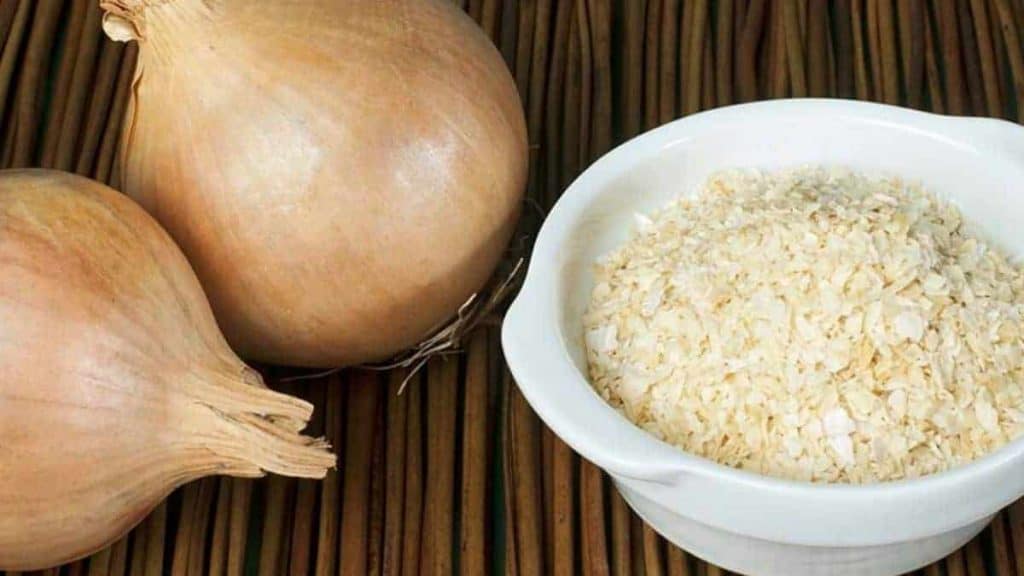
There are times when I like to do simple things in the kitchen like chopping onions, and there are times when I’m in a rush or don’t have onions to chop.
Before you judge me let’s agree that fresh onions always taste better. But let’s also admit that powdered onions are also a whole food that has simply been dried up and ground for storage and convenience.
Adding onion powder brings a sweet and savory flavor to dishes and a homemade essence that you just can’t get from fresh onions. Try it and see for yourself.
Smoked Paprika
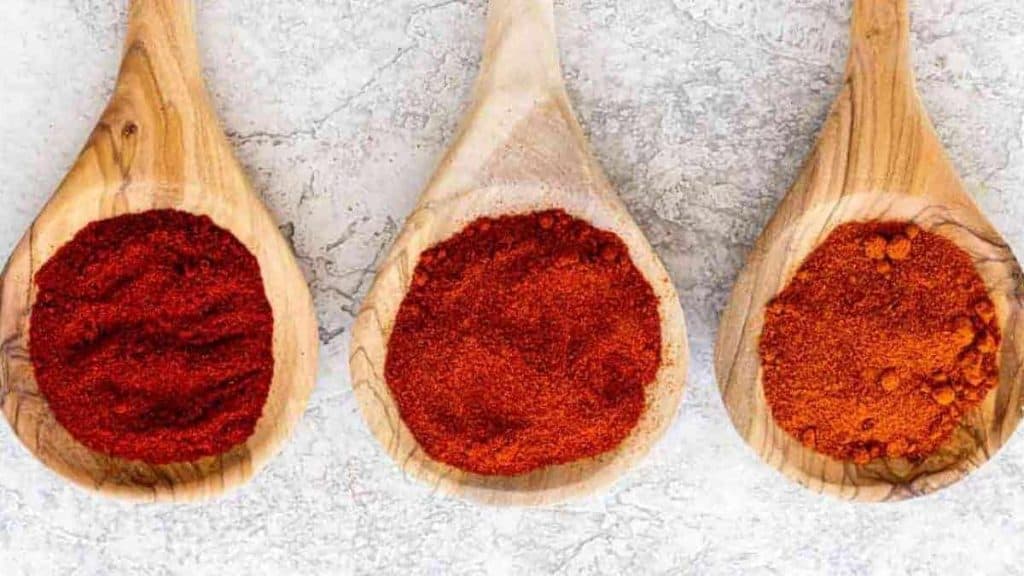
Most people think that paprika is Hungarian, but the fact is that this is among the oldest of the traditional Mexican spices that originated in central Mexico where it has been seasoning Mexican dishes for generations. Christopher Columbus introduced it to Europe where Spain and Hungary quickly nationalized it into their own cuisine.
Mexican smoked paprika adds a unique barbecue flavor or subtle smokiness to just about any dish. You can use the versatility of Paprika as a meat rub, to season vegetables, or as a simple garnish on guacamole.
Made from grinding dried sweet peppers. Sweet paprika adds its bold red color and allows you to add that delicious sweet peppery flavor to any dish without the heat. While smoked and hot paprikas add more complex flavors.
What are your favorite Mexican spices?
The wraps up the current list of our favorite Mexican spices, but what are yours? With the vast diversity of flavors giving the country’s cuisine its colorful personality, there are plenty to choose from.
A pinch of this and a pinch of that. Everything tastes better with spices. Take your cooking to the next level with authentic Mexican spices. You can also learn more about the origins of Mexican cuisine over on wikipedia.
Bookmark this page and check back again soon, we’ll keep updating this list as we discover new and exciting flavors.

